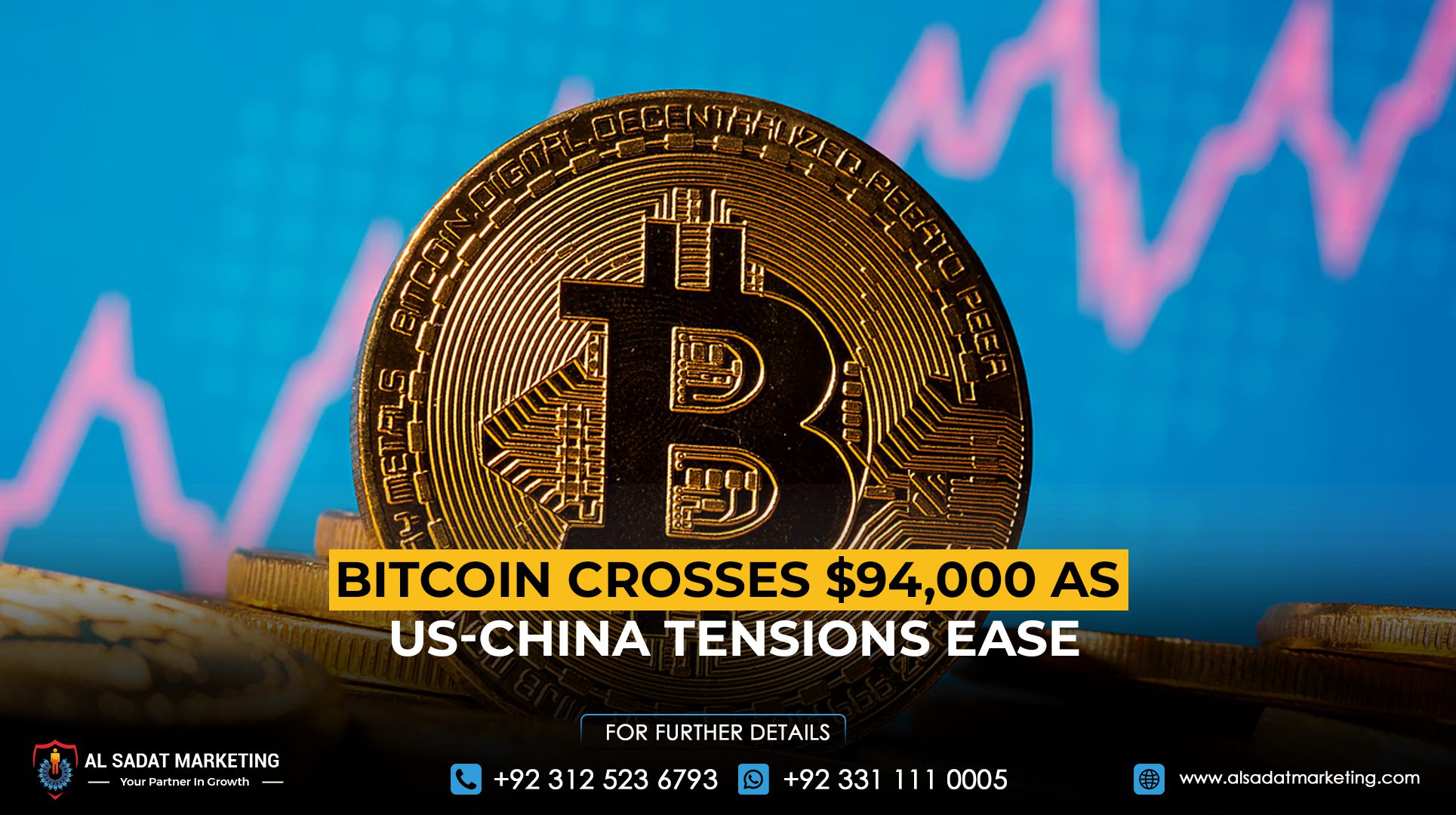Bitcoin broke through the $94,000 mark on Wednesday, hitting its highest level this month, as global markets reacted positively to signs of easing tensions between the United States and China. The flagship cryptocurrency gained 6.6 percent, trading at $94,420, driven by renewed optimism around trade discussions and a potential softening of US tariff policies under President Trump.
This surge in Bitcoin came as traditional safe-haven asset gold experienced a sharp pullback. After briefly reaching $3,500 per ounce on Tuesday, gold prices fell back to $3,300. Analysts interpret this as a shift in investor sentiment, moving from conventional assets like gold to alternative stores of value such as Bitcoin. The broader trend reflects increased appetite for risk assets amid changing macroeconomic dynamics.
Also Read: How to Negotiate Property Prices: Strategies for Buyers
The global rise in broad money supply remains a crucial factor underpinning the strength of both Bitcoin and gold. Historically, gold reacts more swiftly to changes in liquidity, while Bitcoin typically follows with a lag of about three months. Current market conditions suggest that investors are viewing Bitcoin as an undervalued asset compared to gold, particularly in the context of inflation concerns and continued monetary easing.
Despite Bitcoin’s strong performance, some caution persists among traders and analysts. Elevated funding rates and weakening on-chain metrics pose potential risks to the ongoing rally. However, the prospect of further improvements in US-China relations is seen as a key catalyst that could propel Bitcoin beyond the $100,000 threshold in the coming weeks or months.










